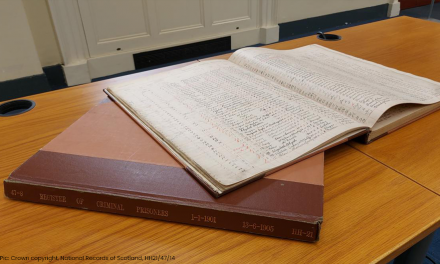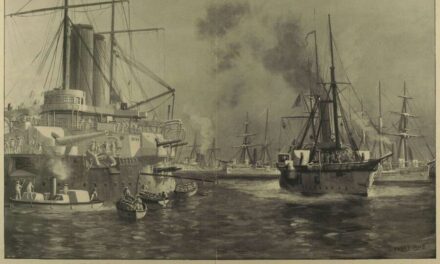Unveiled for the very first time are the heartfelt letters that were destined for French sailors during the Seven Years’ War but were seized by the British Royal Navy.
Penned in the years 1757-8, these missives were intended for the crew of the French warship Galatee, sent by their loved ones who hoped to convey their affection and support. Unfortunately, the letters never reached their intended recipients.
The Seven Years War
The Seven Years’ War, spanning from 1756 to 1763, was a global conflict that arose from a complex web of factors. It was primarily driven by fierce colonial rivalries among European powers, most notably France and Britain, who sought to assert dominance in North America, India, and the Caribbean. These tensions were further exacerbated by intricate diplomatic alliances and a history of territorial disputes. The war erupted in various theatres, with the North American front known as the French and Indian War, while the broader conflict was termed the Seven Years’ War.
This war involved major European powers, including Britain, France, Spain, and Austria, and led to significant changes in territorial control and colonial holdings. Ultimately, the Treaty of Paris in 1763 marked the end of the war, reshaping global power dynamics and setting the stage for subsequent historical events, such as the American Revolution.
Discovery of The Letters
Professor Renaud Morieux, a distinguished academic from the University of Cambridge, uncovered the 104 letters in the National Archives in Kew, describing them as an exploration of “universal human experiences”.
Morieux expressed the poignant near-miss these letters had in reaching the crew aboard the Galatee. Despite the French postal administration’s attempts to deliver the messages, their efforts were in vain. The Galatee, en route from Bordeaux to Quebec in 1758, was apprehended by the British, leading to the letters being redirected to England and ultimately handed over to the Royal Navy.
It was the British Admiralty officials who, at the time, concluded that the letters held no military significance. Morieux initially approached the archives with simple curiosity but soon realised that he was the first person to peruse these highly personal messages since their creation. Reflecting on the emotional weight of this realisation, he stated, “Their intended recipients didn’t get that chance. It was very emotional.”
The findings of this discovery have been published in the journal “Annales. Histoire, Sciences Sociales.” Notably, Morieux meticulously identified each of the 181 crew members of the Galatee, with letters addressed to a quarter of them. He also embarked on genealogical research, shedding light on the men and their correspondents.
Within the Letters…
Among the heartfelt exchanges was a letter from Marie Dubosc to her husband, Louis Chambrelan, the ship’s first lieutenant. In her words, she expressed, “I could spend the night writing to you… I am your forever faithful wife. Good night, my dear friend. It is midnight. I think it is time for me to rest.” Tragically, Marie Dubosc remained unaware of her husband’s whereabouts and the capture of his ship by the British. Her letter never reached him, and they never had the opportunity to reunite, as Dubosc passed away the following year in northern France. Chambrelan returned to France, where he eventually remarried in 1761.
Another letter came from Anne Le Cerf to her husband, Jean Topsent, a non-commissioned officer. In her heartfelt message, she expressed her longing, saying, “I cannot wait to possess you.”
These letters reveal the enduring human struggle to maintain connections and kindle the flames of passion when circumstances beyond our control separate us from our loved ones.




